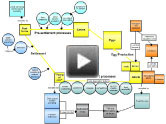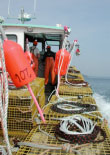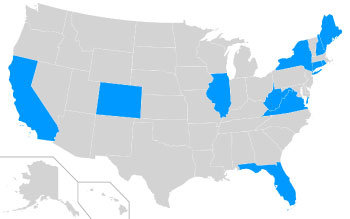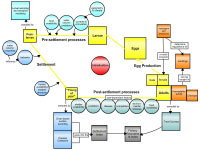|
|
|
|||||||||
About these Webinars: The ROLE Model webinars provide scientists with the opportunity to interact with educators and present their research in a non-traditional format - through multimedia concept maps created with the Concept Map Builder and presented through the Ocean Climate Interactive. [more]
About this Scientist:
Dr. Richard Wahle is a Research Associate Professor at the University of Maine's School of Marine Sciences, and is based at the Darling Marine Center in Walpole. Rick's research focuses on the dynamics of benthic populations, communities and fisheries and ways they are impacted by physical and biotic factors in the ocean. He has a long-standing research program on the American lobster. Rick and other collaborators are trying to develop tools and models for predicting population trends through an understanding of larval transport, settlement, and post-settlement processes. This webinar represents Rick's first collaboration with COSEE-Ocean Systems.












